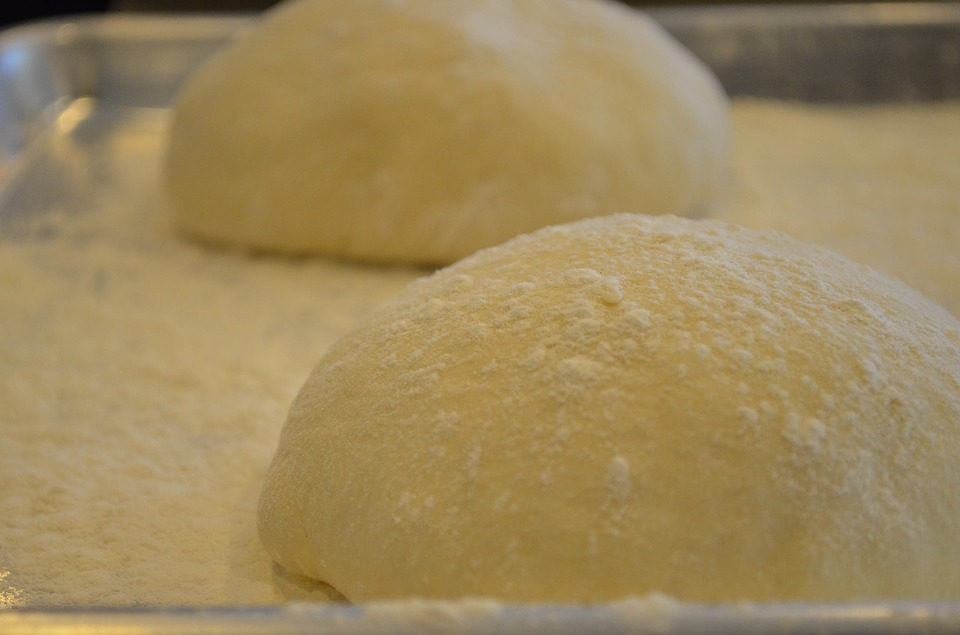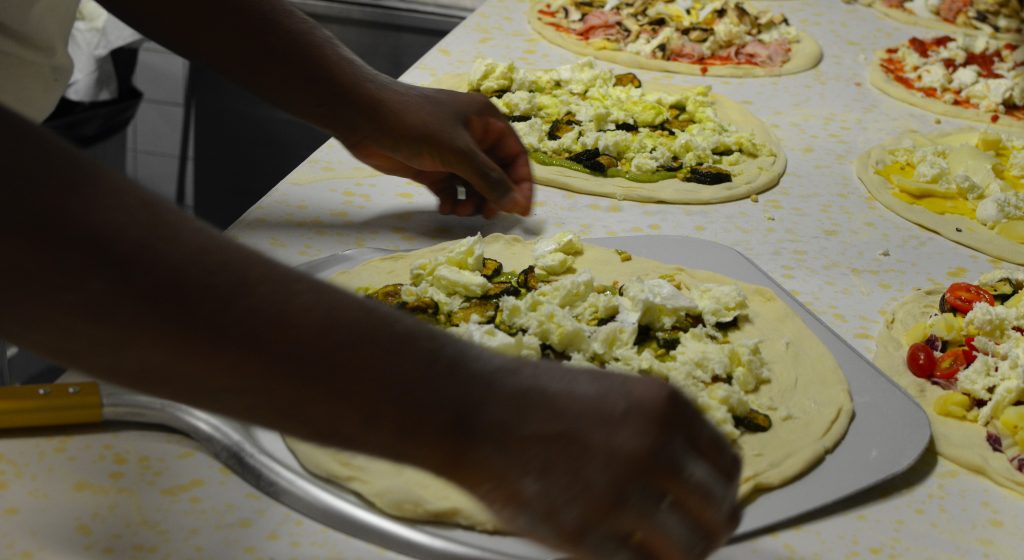
Pizza with long leavening dough: why prefer it?
Among the first comments to be exchanged after trying a new pizzeria, there is almost always a question that returns: and you, did you digest it ?
The notorious digestibility of pizza has not so much to do with the quantity of ingredients that fill it, as – rather – with the quality.
And not just the condiments, but starting from the base: from the choice of flours , the quantity of yeast and so on.
Digestibility has to do, first of all, with the rising times . Surely you have already heard of it: the longer they are, the more your dinner will leave you light, satisfied, guaranteeing you a peaceful night’s sleep.
But why are they really so important?
Maturation and leavening of the dough
Let’s go into the detail of the art of master pizza makers. First of all, although we are talking about long leavening doughs, it would be more appropriate to speak of long ” maturation “. Maturation and leavening are two different processes and both are fundamental for the success of the pizza.
The leavening is the process which increases the volume of the dough: the action of yeast to ferment sugars present in the flour, producing carbon dioxide. This remains “trapped” in the structure formed by the gluten. All this guarantees the softness and friability of the pizza.

Even more, with regard to digestibility, maturation also comes into play . It is a much slower process than leavening, during which the complex structures of the flour – sugars, proteins – as a result of kneading, are broken down into simpler elements and, therefore, more easily digestible.
More flavor and health with the long leavening dough
A dough that has risen a few hours, therefore, will not only be less digestible but less “healthy” in general. The flour will not have been able to complete its splitting processes and more yeast will have been used to achieve the result more quickly.
An exaggerated amount of yeast is not really a panacea for the intestine: it interacts, in fact, with the bacterial flora of the digestive system, leading it to increase and breaking its indispensable balance .

A long leavening dough, therefore, results not only in a longer time available for maturation but also in less use of yeast.
And it also gains its flavor : a dough that has well matured and leavened will have a different and better cooking yield. The pizza will be by far more crumbly and soft , and will have a taste all its own, thanks to the interaction of the temperature with a flour that has been able to break down into its simpler elements.
72 hours of goodness: the salt pizza
But, exactly, what are these times necessary for the dough to give its best? The maturation processes last up to 72 hours . For this reason, the dough should be kept at a low temperature (between 2 and 6 degrees) to stop the leavening process, allowing the other to continue.
And it is precisely 72 hours that the doughs of the Salt pizzas spend resting in their refrigerated drawers. And that’s not enough. It is also necessary that the raw material chosen has in itself those characteristics that allow it to face such a long time. Our nine-grain dough is like this: it contains all the features to make you enjoy your favorite pizza without any after-dinner repercussions!

Come and test the quality of our doughs by choosing from the menu between traditional pizzas, closed or stuffed on board , focaccia: you will discover that not only the base is the result of gastronomic knowledge, but also everything else. Try ingredients combined in an original way and chosen from the excellences of the Sicilian territory , from the Nebrodi black pig, pistachio, Piacentinu Ennese and much more.
Categories
Tags
Instagram Posts


